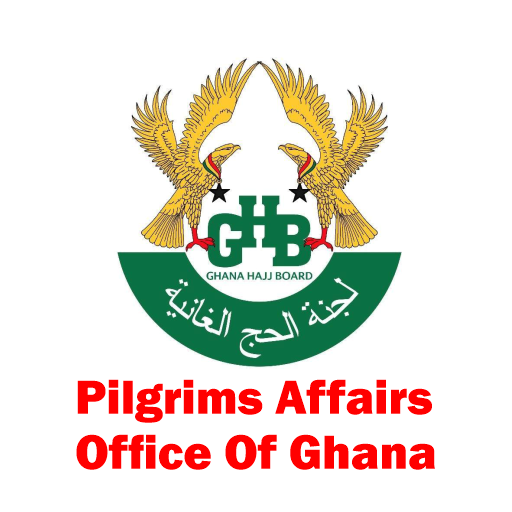The government has made a shocking discovery by uncovering a massive discrepancy in the National Service payroll, revealing a staggering 81,885 suspected ghost names. This means that thousands of individuals who are not actually working for the National Service are still receiving paychecks.
In response to this issue, the government is likely to initiate a thorough investigation to understand the situation better and prevent such discrepancies from occurring in the future.
A startling revelation has highlighted a significant gap between the actual number of active service personnel, which stands at 98,145, and the inflated figure of 180,030 names submitted for allowance payments last year. This glaring discrepancy of over 81,000 names has raised concerns about potential ghost workers, fraud, or other irregularities within the payment system.
The statement indicated, “This figure is 81,885 less than the 180,030 names presented by the previous management of the Authority for allowance payments in 2024.”
President Mahama has taken action following a thorough investigation by the Fourth Estate, which uncovered significant discrepancies in the payroll. He is now determined to bring transparency and accountability to the Authority.
This initiative is focused on cleaning up the system and ensuring everything is above board, which is an important step towards rebuilding trust and ensuring that resources are used effectively.
President Mahama has therefore ordered the National Investigations Bureau to launch a comprehensive probe into the operations of the National Service Authority after discovering the staggering 81,885 suspected ghost names on their payroll.
The investigation aims to uncover how these ghost names appeared on the payroll and who was responsible for the discrepancies. Additionally, the President’s directive tasks the new management of the National Service Authority with implementing urgent reforms to prevent similar incidents in the future. These reforms may include stricter verification processes and technological interventions to enhance transparency in the disbursement of allowances.


